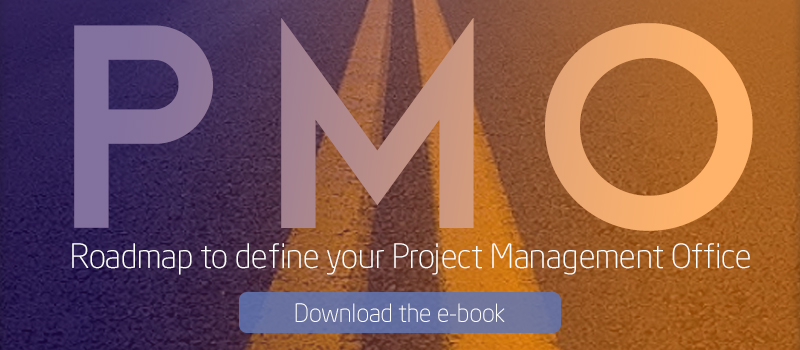
In addition to the "weather station" and the "control tower", Casey and Peck distinguish a third type of Project Management Office: the "pool of resources". Often, this type of PMO is more simply named by its directive capacity.
In fact, the fundamental difference with the previous types of PMO are its managerial features, since it is dedicated to coordinate projects, components and programs of an organization.
Its direction can have two different reaches:
- The most ambitious, is where the PMO extends to all projects of an organization.
- However, it can also be more targeted, and focus only on transversal projects involving several departments, leaving more routine or restricted projects in the hands of a specific project manager.
How to organize the structure of a directive PMO
In a directive PMO, the project managers work directly for the PMO: the PMO assigns the projects, to which they have to direct the reports, and is the one that supervises their actions. Therefore, the directive PMO must diversify and prioritize its team of project managers: those who work for the PMO will have a more marked profile as supervisors and managers, while the subordinates will be closer to the daily execution.
On the other hand, the employees of the company can be organized in two ways:
-
One possibility is that they are part of the PMO itself. This system is valid in cases where all or almost all the work carried out by the company is in the form of projects.
-
The other possibility is that they are formally non-project workers, even if their work contributes to some. This approach is used in companies with a more operational profile and a smaller proportion of the work is devoted to projects.
Functions of a directive PMO
The most characteristic functions have to do with the coordination of talent:
- Develop and maintain a sufficient and well-formed project manager template to manage all the company's projects.
- Organize contributions from independent workers.
- Assign the necessary human resources to each project, prioritizing in case of conflict according to business criteria.
Although these are the most defining functions, the directive PMO shares functions with other, simpler types of PMOs. These include:
- Reduce costs by centralizing services.
- Ensure adequate communication between team members and the organization of project management through the regular issuance of structured and complete reports.
- Encourage the adoption of methodologies, standards, processes and tools that allow the management of projects to be completed efficiently.
How to control the efficiency of a directive PMO
Since the directive PMO is in charge of managing all the projects, it is difficult to evaluate if the work is being carried out properly. If it is the PMO itself that has to evaluate its performance, it is possible that bias will appear in the assessment and, although this is not the case, there can always be doubt about the potential conflict of interest.
There are some solutions that can be adopted in these cases.
-
Contract the services of an external audit. This way, you are guaranteed to obtain bias exempt reports in which both the positive aspects of project management and the negative ones are evaluated.
-
Generate an independent audit within the organization itself. To do this, a group of project managers should be set up outside the active projects, that can evaluate their efficiency in management.
-
Develop a rotating system for project managers. This is a methodology widely used in companies that have adopted the ISO 9000 quality standards. When a director does not take care of the management of a particular project, he can be assigned to the evaluation of the active projects. This is a very complete option, since the rotation of project managers ensures that they keep the two points of view constantly.
Should I incorporate a directive PMO in my company?
There are divided opinions among experts when recommending this type of PMO.
On the one hand, some argue that it is the best solution for the management of a company, since it guarantees maximum efficiency in all departments and projects. In case other systems already exist, a gradual evolution towards a leading PMO is suggested, since it is the most complete management method.
On the other hand, the directive PMO runs the risk of being invasive of existing work systems and appear as a structure that seeks to appropriate all departments or aspects of management within a company.
Therefore, prior to the implementation of a directive PMO in a company, it should be assessed if its profile and that of its employees allow for an appropriate introduction. Otherwise, one solution is to adopt other less demanding type of PMO and progressively evolve towards this type of PMO.


